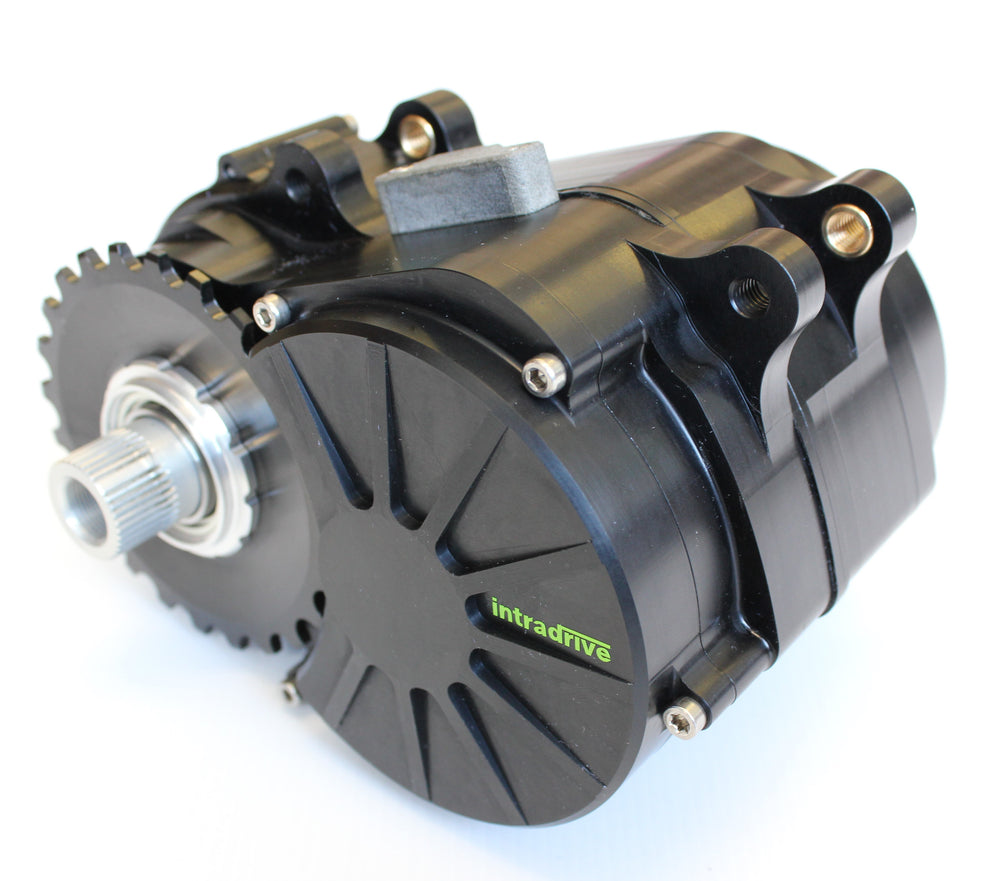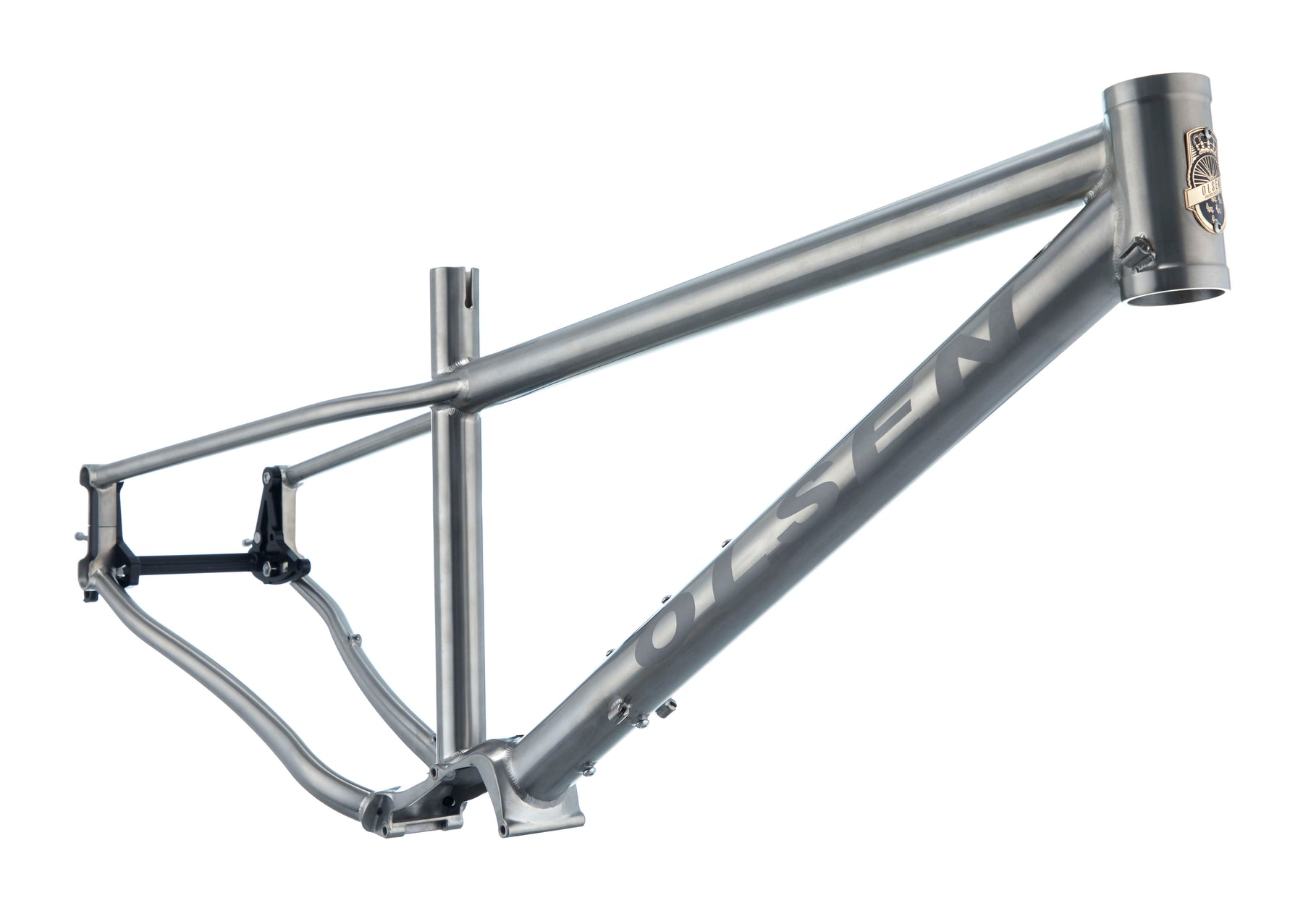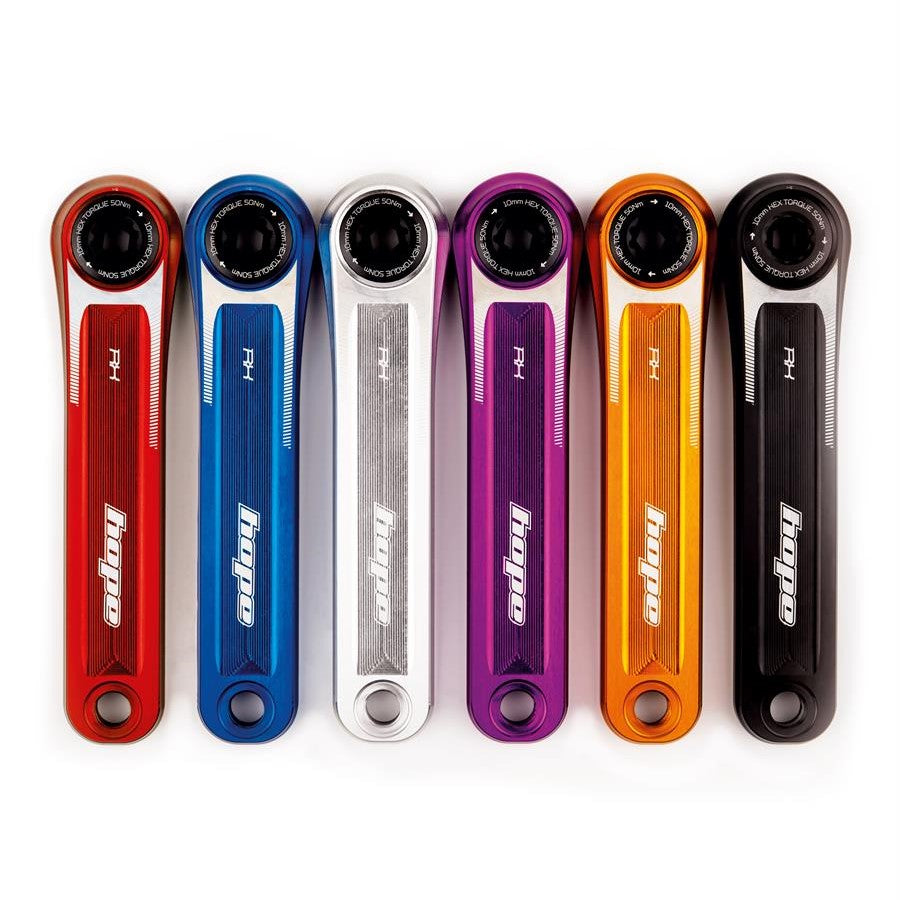The festive season is a time for riding in between seeing the family and friends, eating too much, sitting around too much and reflection... So I wrote this blog to ask some questions, challenging, why there is a lack of riders out there?
This is an opinion piece so that you can dip in and out - discuss it with friends.
Bikes are not just for Christmas.
This article is intended to make you think, make others think, and generally challenge where we are and how we got there. Why don't we see a lot of riders out there?? It is not all down to the weather, as there are some fantastic winter months. It mostly comes down to bicycle drivetrains and its how the main drivetrain manufacturers battle it out with marketing departments and convince frame manufacturers to follow.
Have I gone too far? Will I lost my audience?
As an "object" the bicycle transports its rider from A to B with 1/4 of the effort of walking. As a "product" marketing departments are trying to sell you the latest and the greatest. Bicycles have the potential to be the most recycled, repaired and reused product in the world. A symbol of anti-capitalism, anti-corporate, all embracing symbol of hope for humanity.Bicycles should be built to last, to transcend fashion and to bring the rider some simple pleasure. So that we can ride ALL year round... ANY weather, Hail, Rain or Shine!!

Disrupting the Disruptors..
Like the tech bro "disruptors" (mr Zuck and mr Musk), SRAM has been trying to disrupt, Shimano for years. Shimano has tried over the years to make some weird "standards", however always reverts back to making drivetrains backward compatible with the rest of its range. SRAM however goes into marketing overdrive. 148mm "Boost" is a good example of this and I would say not really needed.
"Boost" is over 10 years old and has been widely adopted by MTB manufacturers. However Gravel bikes have chosen 142mm as the rear wheel standard. If 148mm rear spacing format is so good, why have Gravel bikes not adopted 148 O.L.D. also? 135mm was a stable hub format with disc evolving from 130mm road hubs, both were quick release (QR). Syntace came up with a clever 142mm change that was backward compatible with 135mm. Creating a Maxle system by adding 3.5mm to each side. This meant that people with 135mm hubs could change with axle cap adaptors. 142mm Maxle Hubs resolved the issues with disc brakes moving the QR axle out of the frame and general frame stiffness. The 142mm standard also left room for Singlespeed and Rohloff internal rear hubs to be fitted to a "standard" bicycle frame with little adaption.
SRAM however, pushed 148mm boost through quickly making a lot of older 142mm MTB frames redundant. However 148 still became an adopted standard, on the "promise" to solve chain-line and "plus" tyre clearance issues. Plus sized tyres in 27.5" and 29 x 3.0" have all but disappeared partly because 148 was not enough. 148-142 = 6mm which leaves, 3mm each side. Yes 3mm! Wow! Tick, solved! Come on SRAM you can do better than that... 148mm wheels still buckle and mud cakes onto tyres in increments thicker than 3mm.

The real problem with 148mm Boost is the room that the cassette takes up. 52mm is taken up with the ever moving chainline system that we call the derailleur.
- 142 O.L.D = drive side hub offset = 19.6mm
- 142 O.L.D = Single speed drive side hub offset = 30.6mm
- 148 O.L.D = drive side hub offset = 22.6mm
- 157 O.L.D = drive side hub offset = 27mm
SRAM also killed Single-Speed and Rohloff, making it more difficult for riders to retire their 148mm bicycle frame into a commuter.
At Olsen HQ, I like to adopted 'stable' future-proof bicycle standards, so that my frames have some versatility. This means that your bike is repairable and adaptable. I have been working on a UDH version of the RocknRollout. This will allow our frames to be 148mm, fit Flat Mount Brakes, while still being able to go back to Single-Speed and 142mm rear spacing for Rohloff and Pinion Gearboxes.

Now SRAM have the T-Type system that solves it ALL?
SRAM have been working on solving some of the issues with derailleur drivetrains, like they never existed. The T-Type derailleur directly mounts to a special UDH frame. But you can go back to Shimano buy using the UDH hanger. This does force Frame manufacturers to develop derailleur only UDH frames. My RocknRollouts resolve this, but most manufacturers will choose between SRAM and Shimano.
T-Type does not solve the real issue!
Derailleurs are an open drivetrain and if you want to ride in the winter, you will be doing the drivetrain some serious damage. If you run a derailleur system, you will be well aware of the costs to servicing the exposed drivetrain. Even the mid level GX starts becoming expensive to replace. £430 for a rear GX cassette, £55 for a GX chain and £70 for the front chainring... That's a budget of £550 each year at least.
- SRAM T-Type GX groupset starts at £1200 with £500 maintenance.
- Pinion C1.12 gearboxes are £1200 with £250 belts every 2 years.
- Rohloff rear wheel will cost £1500 with £250 on belts as above.

How does the SRAM T-Type ride compare to other Drivetrains?
Due to the ASX electronic shifting process of the T-Type Eagle Transmission, there is a slower shifting speed compared to conventional derailleurs. The chain will only shift when it has reached one of the shifting ramps on the cassette. So there is a delay in shifting. You might get used to it, or you might find it annoying. This has been a critism by riders not wanting to try a Pinion gearbox. Pinion have launched their electronic Smart.shift. Rohloff also has electronic shifting.
Shifting is also limited to a maximum or 2 gears at once. Yet another reminder that you are not riding a gearbox or internal hub drive train. Both gearboxes and internal hubs allow you to dump your gears even while stationary. Derailleurs need to change with the cranks rotating, so this might catch a few riders out until they get used to change gears well before the hill or obstacle.

The T-Type derailleur does shift underload - despite many riders shifting underload over the years whether SRAM wanted them too or not. SRAM tells us that this helps to increase the longevity of the drivetrain. Although the derailleur chain and jockey wheels are still exposed to grit, mud, sand and water there is very little advancement here.
SRAM Engineering is effectively forcing riders to plan their shifts. However there is less noise than a conventional derailleur. Most of this has been resolved, by the delayed shifting.

T-Type Drivetrain Hype?
The SRAM T-Type has been hyped in the press a lot. With every bike journo able to ride something new and shiny. However imagine if every drivetrain had the magazine exposure like SRAM!?!
As a bicycle designer and engineer, I do not think that the T-Type solves the real issue of drivetrain maintenance. Derailleur systems are open and therefore subjected to the elements. This is something that SRAM can keep selling chains, cassettes and chainrings.
The best way to resolve long-term drivetrain damage is to protect it. Both Rohloff and Pinion have sealed gears sitting in oil baths. Both companies have electronic shifting as an option.
SRAM have just made it more difficult for customers to move away from SRAM without selling the bicycle that they just purchased. I have not gone out of my way to hate on SRAM. I just wish SRAM would develop a drivetrain which is not deemed to be disposable. I wish that SRAM would develop a drivetrain for the real world, UK conditions.
The SRAM T-Type drivetrain overview:
The GOOD:
- Less adjustment or tuning necessary
- Robust and reliable.
- Looks really nice.
- AXS electronic shifting.
- You can now shift under full load - most riders did anyway.
The BAD:
- Exposed drivetrain, subjected to mud, sand and more mud.
- Shifting delays.
- Not backward compatible with any other drivetrains..
The UGLY:
- The Price - starting with GX at £1200!
- Only compatible with bikes that have the UDH dropout standard
- Forces the customer to stay with SRAM.
- Cannot be ridden as a single-speed (if broken)



